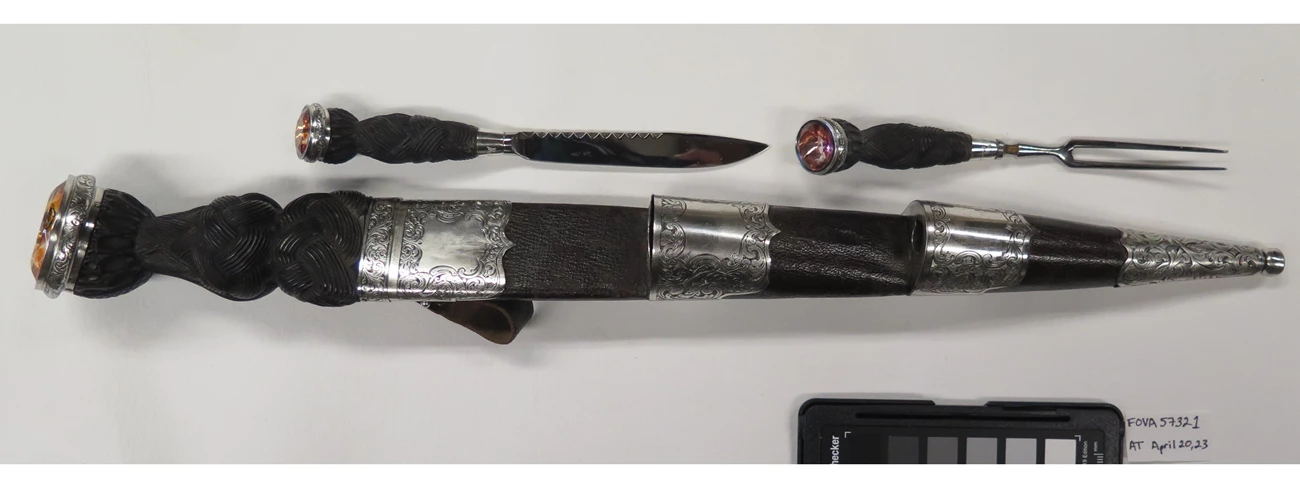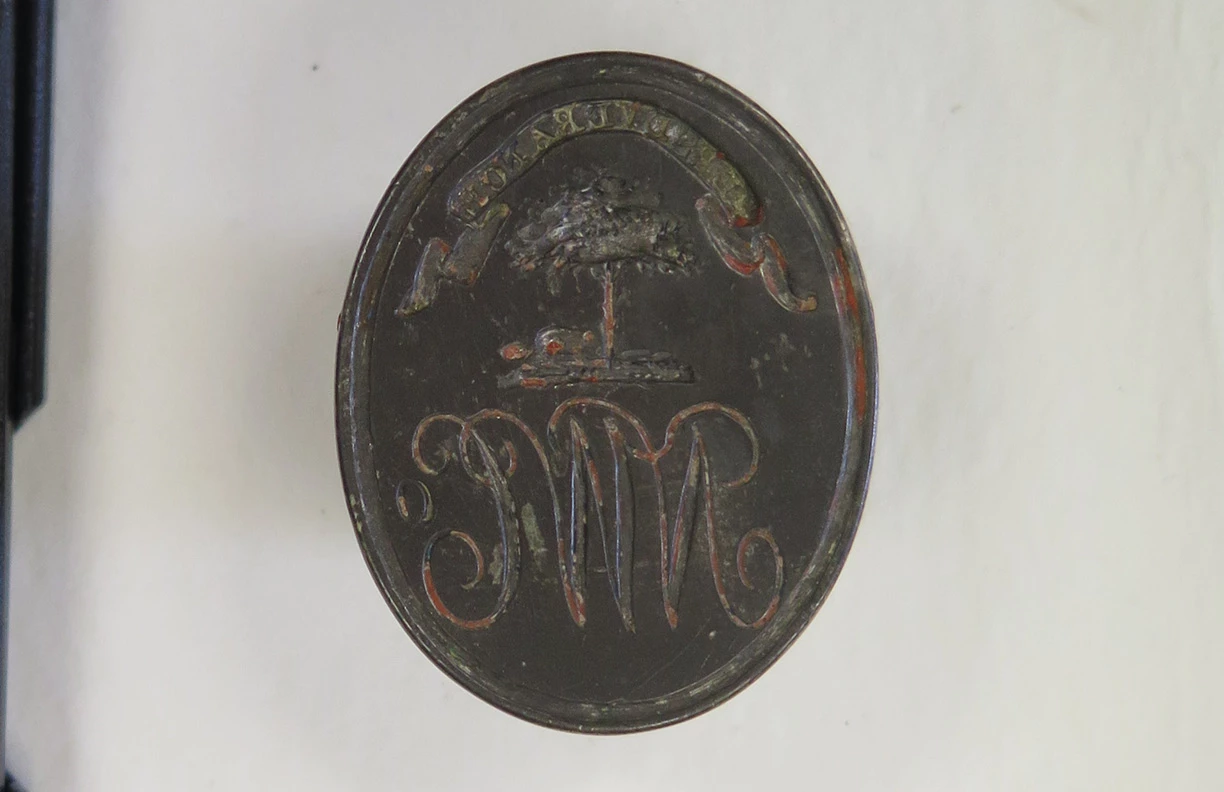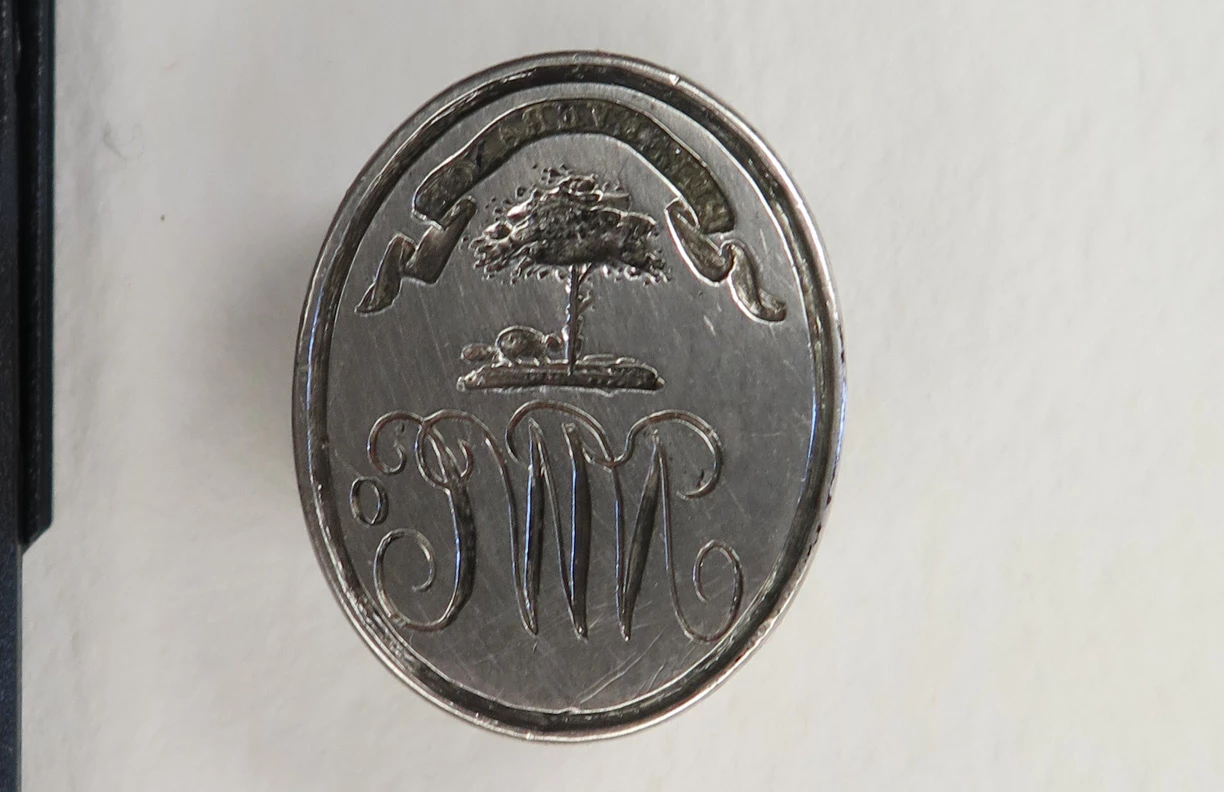Last updated: April 21, 2023
Article
Historic Object Conservation at Fort Vancouver National Historic Site

NPS Photo
Many of the items she conserved were part of the collection associated with the McLoughlin House Unit of Fort Vancouver NHS. This collection helps tell the story of the McLoughlin family, a leading family of Fort Vancouver. The family later lived in Oregon City, Oregon, in a historic home now known as the McLoughlin House.
Conservation treatment removes decades of dirt, residue, and grime from historic objects, allowing us to better preserve them into the future and display them in exhibits. Read on to learn more about some of the historic objects that received conservation treatment as part of this project, and take a look at views of the objects before and after treatment!
Learn more about the Fort Vancouver National Historic Site museum collection here.
John Rae's Dagger


Left image
John Rae's Dagger (Before)
Credit: NPS Photo
Right image
John Rae's Dagger (After)
Credit: NPS Photo
John McLoughlin's Horticultural Medal


Left image
Horticultural Medal (before)
Credit: NPS Photo
Right image
Horticultural Medal (after)
Credit: NPS Photo
Candlesticks


Left image
Candlesticks (before)
Credit: NPS Photo
Right image
Candlesticks (after)
Credit: NPS Photo
North West Company Seal


Left image
North West Company Seal (before)
Credit: NPS Photo
Right image
North West Company Seal (after)
Credit: NPS Photo
